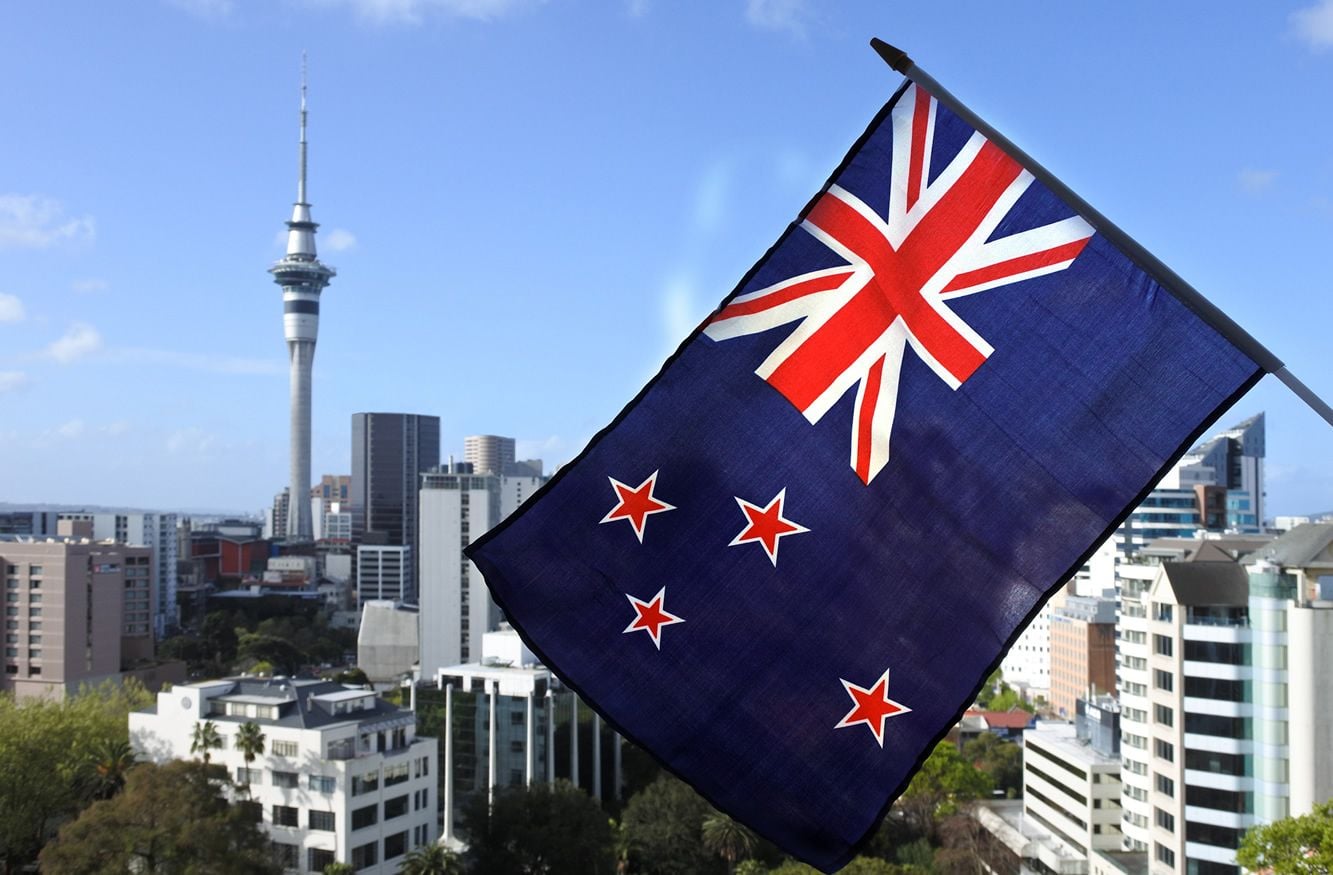New Zealand Dollar Poises for Further Recovery after RBNZ Acknowledges Brighter Outlook
- Written by: James Skinner
-

© Rafael Ben-Ari, Adobe Stock
- NZD poised for more gains after RBNZ drops rate cut guidance.
- Says economy to pick up but rates remain on hold until 2020.
- Emerging optimistism sees market abandon bets against NZD.
The New Zealand Dollar appeared poised for further gains Thursday after the Reserve Bank acknowledged an improved outlook for the economy, leading markets to abandon bets it would cut interest rates over the coming months.
Reserve Bank of New Zealand (RBNZ) Governor Adrian Orr said Wednesday that Kiwi growth is expected to pick up over the course of 2019 thanks to government fiscal stimulus and population increases, suggesting policymakers think a key precondition for avoiding a rate cut has been satisfied.
He also flagged that steep losses for the New Zealand Dollar this year will lend support to the economy by making Kiwi exports more competitive, and that the labour market has reached its "maximum sustainable level".
"GDP growth is expected to pick up over 2019. Monetary stimulus and population growth underpin household spending and business investment. Government spending on infrastructure and housing also supports domestic demand," Orr says, in the RBNZ's November policy statement.
Faster growth this year and next, as well as a continued improvement in the labour market, enabled the RBNZ to lift its inflation forecasts Wednesday.
That is positive for the interest rate outlook, which darkened in 2018 thanks to weakness in consumer prices and uncertainty over the economy.
It goes almost without saying the RBNZ left its interest rate unchanged at a record low of 1.75% in November and that it continued to suggest rates will remain on hold until well into the 2020 year. However, Wednesday's statement was still significantly more upbeat than earlier communications had been.
"We went into today’s Monetary Policy Statement expecting a slightly less dovish tone from the Reserve Bank, following a run of very strong data. That’s exactly what we got. The Reserve Bank moved away from the possibility that it might reduce the OCR by removing the phrase that the next move in the OCR could be 'up or down'," says Dominick Stephens, an economist at Westpac.
Governor Orr had told markets in July that unless the pace of Kiwi growth did pick up over the coming quarters the RBNZ would be likely to reduce its interest rate in order to stimulate the economy and coax the consumer price index back into the upper end of the 1% to 3% target band.
And that came after months of having warned markets that the next move in the cash rate could be either up or down, which stood in contrast to the tone coming out of almost all other G10 central banks.
Changes in rates are only normally made in response to movements in inflation but impact currencies because of the push and pull influence they have on capital flows and their allure for short-term speculators.
The NZD/USD rate was quoted 0.02% lower at 0.6778 Thursday but has gained more than 5% in the last month, with much of that recovery coming inside the last week. It is now down -4.25% for the 2018 year.
The Pound-to-New-Zealand-Dollar rate was quoted 0.08% lower at 1.9345 and is now up just 1.9% for 2018 after having declined by almost 5% in during the recent month.
"Yesterday’s robust New Zealand Q3 labour market report showed employment grew more than twice as much as expected," says Joseph Capurso, a currency strategist at Commonwealth Bank of Australia. "The one‑year OIS pricing for the RBNZ official cash rate has edged back into positive territory after recently partially pricing the risk of a rate cut."
Pricing in derivatives markets implied an August 07, 2019 cash rate of 1.78% Thursday, which is a substantial improvement on the situation that existed back at the beginning of October when market pricing had implied a cash rate of just 1.68%, which was below the current 1.75% rate.
That had suggested investors were increasingly anticipating a rate cut from the RBNZ once into the New Year, with the nadir for implied rates also coinciding with a record level of bets against the New Zealand Dollar and the Kiwi's lowest ebb for 2018. But recent data now appears to have dissuaded the market from betting on rate cuts.
"The overall tone was a slight hawkish shift, not a dramatic change of stance. Markets were prepared for roughly that, particularly since interest rates and the exchange rate rose following yesterday’s strong unemployment numbers. So there was very little market reaction today," says Westpac's Stephens.
Kiwi Employment grew and unemployment fell during the third quarter. And both at a pace that was much faster than the market had anticipated. This saw the jobless rate fall to a post-financial crisis low, just weeks after official data revealed that the Kiwi economy also grew much faster than almost all pundits had anticipated during the second-quarter.
The run of better economic data that has emerged since the beginning of October may have forced speculators to abandon some of their bets against the Kiwi currency, which reached record highs last month, explaining some of the recent sharp recovery in the New Zealand Dollar.
If that is the case and the data remains favourable over coming weeks then there could be scope for the Kiwi currency to continue its recent outperformance. But not everybody agrees.
"I think that at some point the market will be disappointed with the RBNZ’s reaction function and send NZD lower," says Marshall Gittler, a strategist at ACLS Global.
Advertisement
Bank-beating exchange rates. Get up to 5% more foreign exchange by using a specialist provider to get closer to the real market rate and avoid the gaping spreads charged by your bank when providing currency. Learn more here
